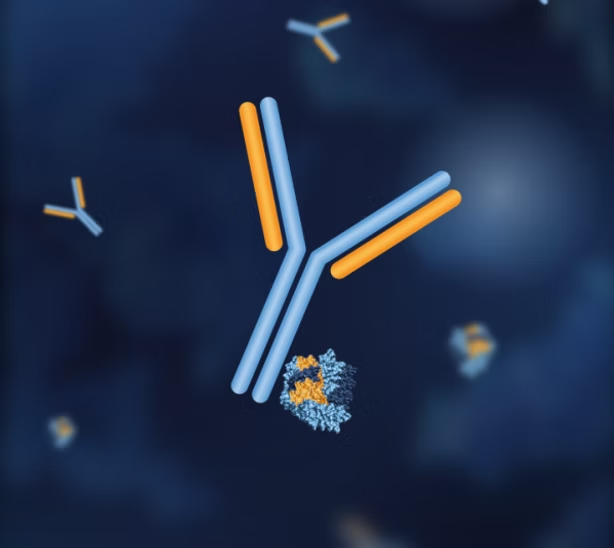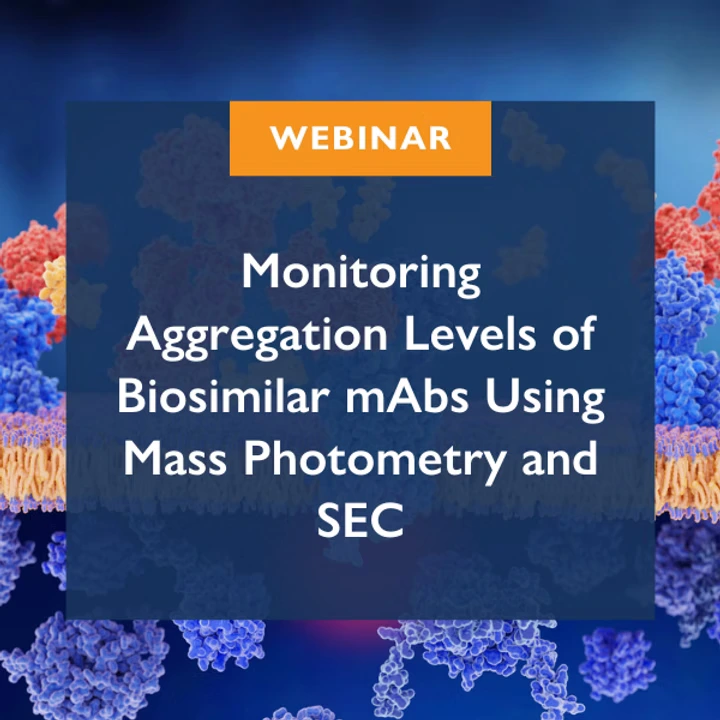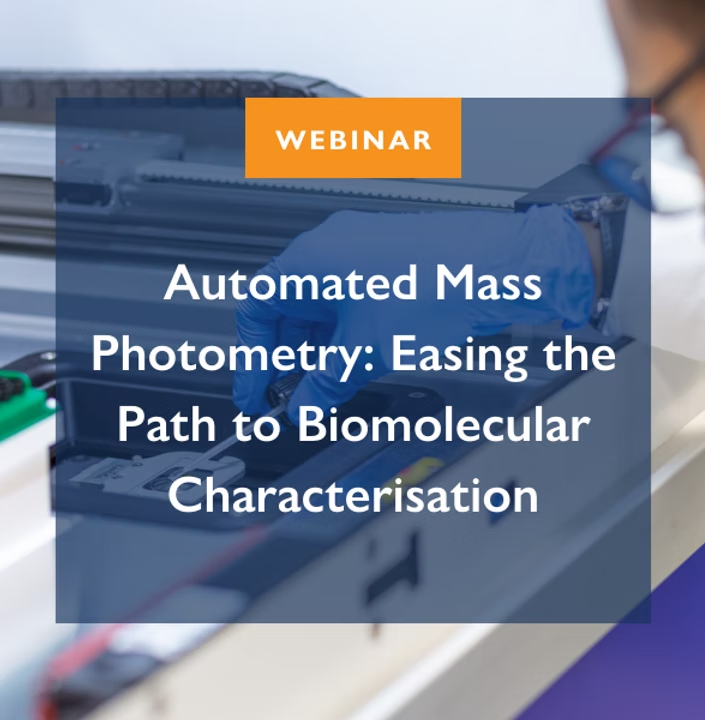Measure protein interactions with mass photometry
Protein interactions play critical roles in various biological processes, but their complexity often poses challenges.
Mass photometry is a bioanalytical method for protein-protein interaction studies with single-molecule precision. It is a fast and label-free technology, which can measure the molecular mass of proteins in solution, within the 30 kDa – 5 MDa range. In the study of protein interactions, mass photometry measurements can provide a detailed overview of the binding partners present, the complexes they form, the relative abundance of each species and the binding affinity of each protein.


How to assess sample heterogeneity and quality?
Mass photometry not only enables the study of protein interactions but also serves as a valuable tool to assess the purity and quality of protein control samples. By measuring the mass distribution of individual proteins in a sample, it can identify protein aggregation or oligomerization, ensuring accurate interpretation of the results.
Image: Mass photometry can assess sample heterogeneity. For experimental details, download the app note
How to determine protein binding affinity with mass photometry?
Mass photometry is a powerful bioanalytical tool that assesses the dynamics and strength of protein-protein interactions by directly measuring the mass and relative abundance of individual proteins and their complexes in solution. It enables the calculation of equilibrium dissociation constants (KD) for each interaction, providing quantitative information about their protein binding affinity. By comparing the complexes formed between protein A and human IgG versus bovine IgG, mass photometry demonstrated differences in affinity between the two interactions.
To learn how mass photometry can help measure protein interactions and binding affinities
Quantifying protein binding affinities using mass photometry

Mass photometry is a label-free bioanalytical tool that can assess the dynamics and strength of protein-protein interactions by directly measuring the mass and the relative abundance of individual proteins as well as the complexes they form in solution.
Additional resources
WEBINAR: Monitoring aggregation levels of biosimilar mAbs using mass photometry and SEC
Learn how mass photometry compares with size-exclusion chromatography in measuring aggregation levels of monoclonal antibodies. Discover the pros and cons of each technology and the factors that should be considered when analyzing and comparing data generated by these different techniques.


WEBINAR: Automated Mass Photometry: Easing the Path to Biomolecular Characterisation
Learn how you can apply automated mass photometry in your protein characterization workflow — such as screening and titration assays. Discover how automation and the associated improvement in reproducibility can make biomolecular characterization with mass photometry even easier
To discuss how mass photometry can be applied in your protein characterization workflow
More Application Notes
Browse through our catalogue of application notes highlighting some recent case studies featuring mass photometry.
